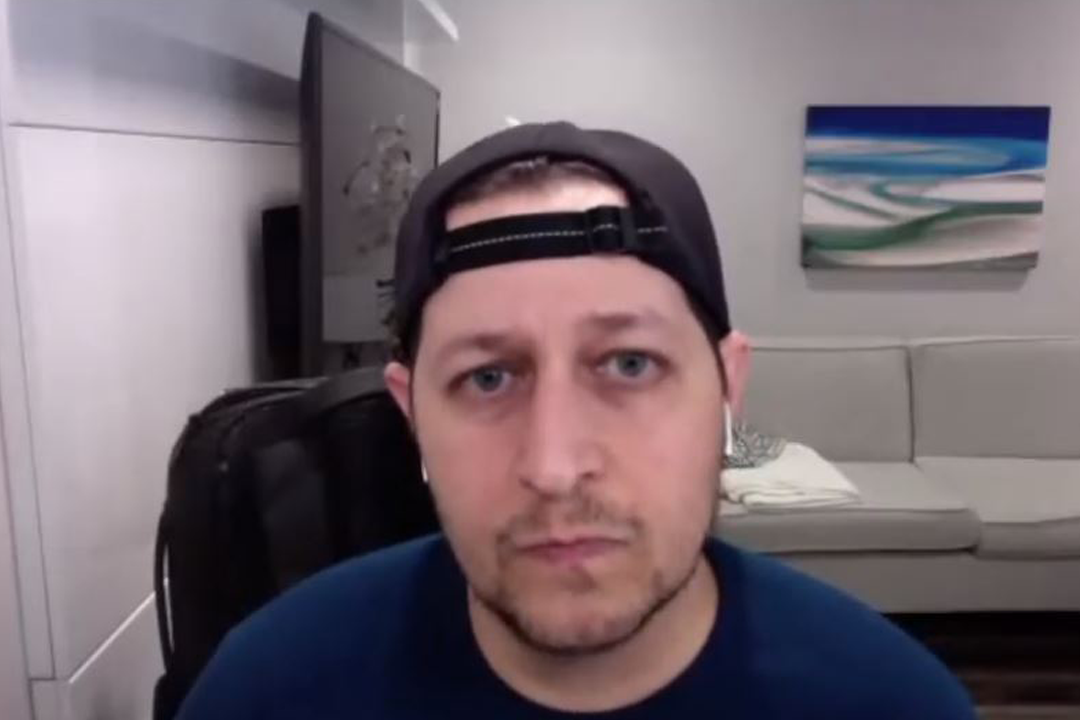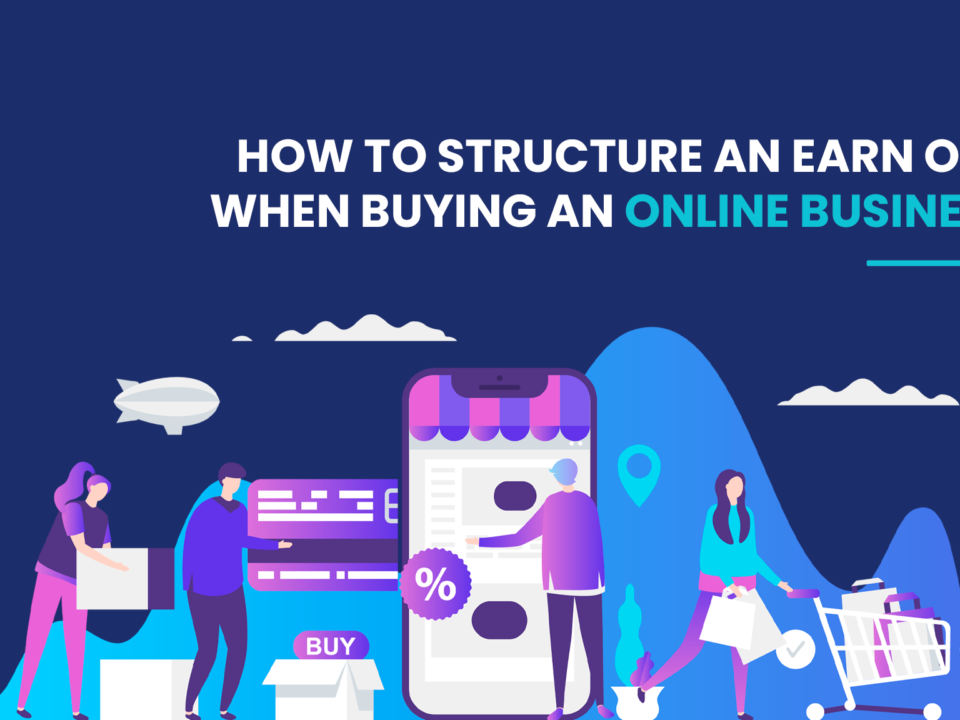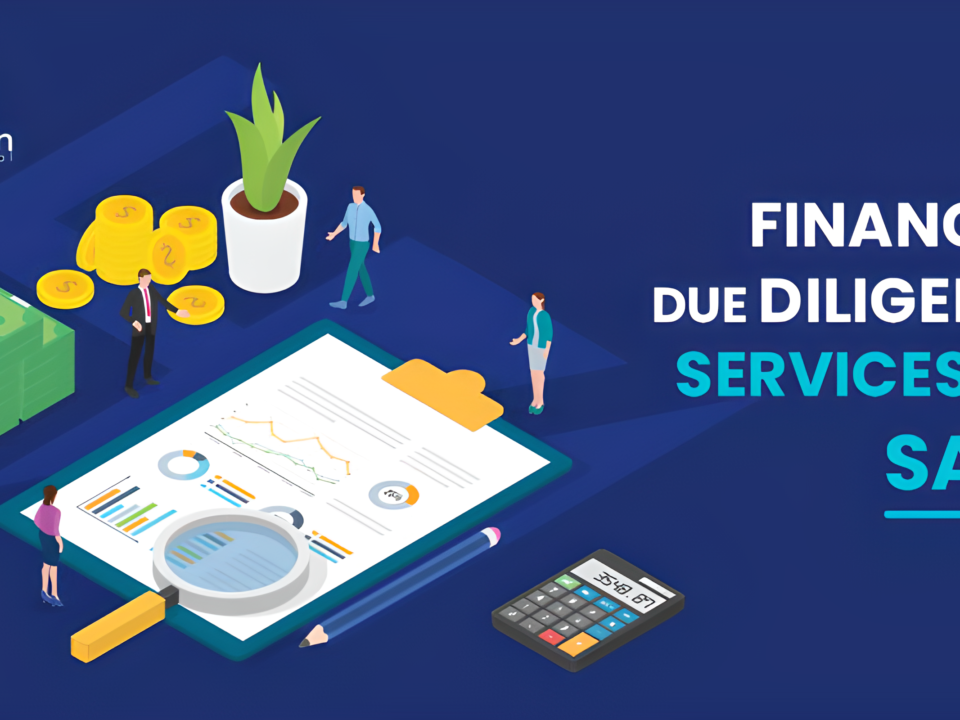
How to Write an Investor-Ready Startup Pitch Deck
11/16/2020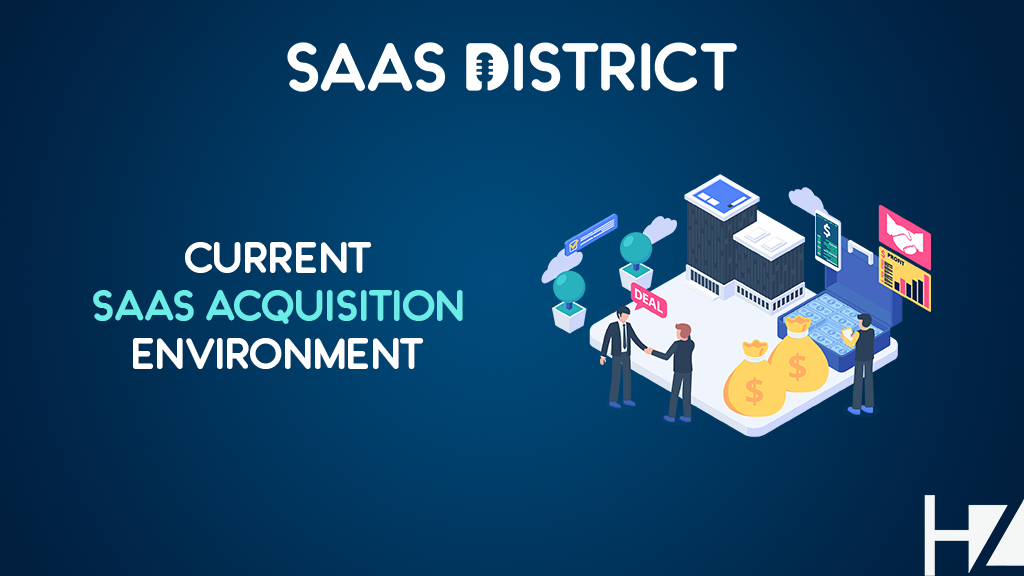
Expert Revealed: The Current SaaS Exit and Acquisition Environment
03/09/2021Top 10 Challenges SaaS Companies Faced in 2020 (Expert Roundup)
SaaS business models are here to stay. 2020 was so far the year of the Software as a Service (SaaS) industry. Because of a complex combination of factors including political changes that disrupted data processing agreements in the UK, the ongoing global pandemic that impacted every single industry, but also validated the cloud service value proposition and a record-breaking year for SaaS IPOs that arrived in fertile ground that make this last year a good one for the SaaS industry with a new year on the horizon.
In this article, we’ve compiled the top 10 challenges of SaaS startups and companies have faced in 2020 and share tips from the SaaS District podcast interview with these guest experts on how to overcome them going into 2021.
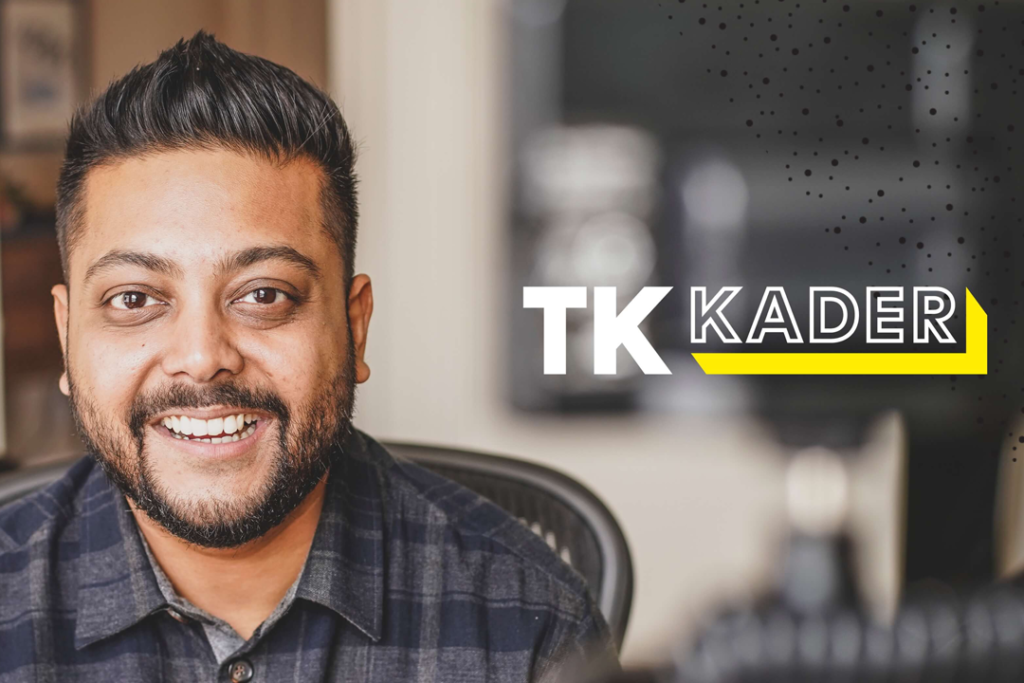
Listen to full podcast interview: TK Kader from tkkader.com
Learn more about TK by visiting his YouTube Channel
1. How to Develop a Winning Go-to-Market Strategy?
The first challenge that SaaS founders have had to face in 2020 was developing the right go to market strategy. If you’re looking to launch and succeed in a brand new market, or with a new customer, you need to be able to successfully organize a go-to-market strategy. Here’s a piece of an interview with my friend TK Kader, who speaks more about it.
“You as a founder, you woke up one morning, and you’re like, I’m gonna go do this thing. And I’m gonna go convince everyone else that this is the thing, right? That’s what essentially a SaaS business is in its early stages, you have some unique use inside the ledger to that you had some unique experiences that led you to that insight. And now your job really is to get to 3 million hours to convince as many of those people as possible.
…create this thing called a manifesto that helps you really codify what your movement is, why it exists, and why others should also use your software, what they need to understand that it’s about six to eight slides, we teach you how to do it in a very specific way. And when you do that, a bunch of things happen your website becomes easier to write your outbound emails becomes a lot clearer, your lead magnet is a lot easier making sure that manifests itself, how you talk about your startup or your value prop becomes a lot easier.
It’s so funny, like, I still do the sales calls for our go-to-market program. And every time like we’re on a call, and I’ll talk to the founder, I’m like, tell me where you are in your business. So I can understand we can help you. By the way, I’m on your website right now, like nine times out of 10, the founder will be like oh, we’re redoing the website.
Because startup founders are perpetually replacing their website, because they haven’t done the strategic narrative work to really define who they are and why they exist, and why the people should care. So they’re constantly trying to tweak it to understand what sticks. But, if you do the narrative work then it becomes a lot easier to do those things.
First part is the Initial Customer Profile (ICP). The second is your manifesto narrative. And the third is we help you run a Broadway show.
A Broadway show is like if you think about your average startup, every week, they’re trying to figure out what new thing we do to get attention.
That’s almost like creating a new show every week and trying to get people to pay attention. Like a lot of founders I talked to are like, oh, we hired a content person and they’re blogging. First of all, the results of SEO are like 18 months out. Second of all, blogging does not lead to action, for your product, and for your sales process. So that’s the wrong way to go.
So we help you run a Broadway show, that puts the manifesto in the middle of it and helps you get attention and helps you have customer conversations on a weekly basis based on that ratio.
And those three things, your initial profile, initial cost profile, your manifesto, and your Broadway show, we train you on how to do that and run it and that builds you a predictable go-to-market machine. It’s the same strategy that I use at ToutApp, the same strategy that Marketo used numerous times to their journey, the same strategy that a lot of successful startups use, but we’ve codified in a way, so it’s easy to follow for founders. So you don’t have to be a marketer, but you can follow the steps so you can get the momentum going. So you can go get revenue flowing. So you can go raise that next round, and then go build out the bigger team and to kick start that growth.”
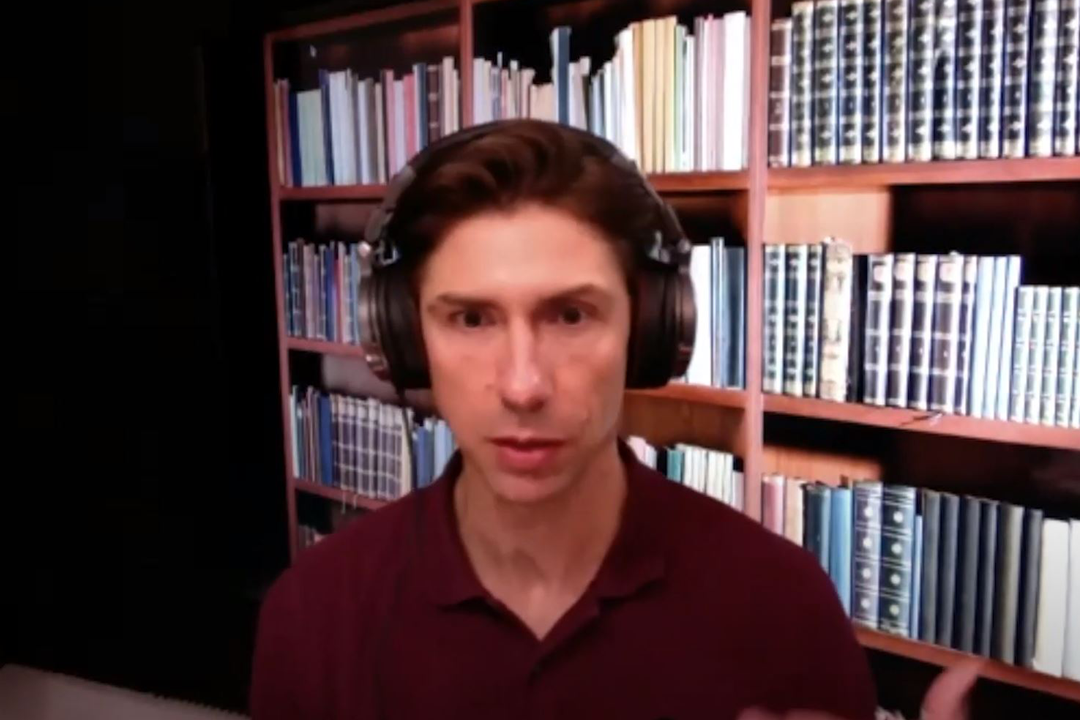
Listen to full podcast interview: Mike Watts from LoveHandle
Connect with Mike to learn more on LinkedIn
2. How To Best Validate and Test Business Ideas?
Number two, once you’ve identified your go-to-market strategy, the next thing is to make sure you have a viable business model that provides a clear value proposition. Your market is clearly defined and you have enough customers who want or need your product to enable you to grow and validate your business model. That is what a viable business model does for you.
“Let’s just assume for a moment that it is a physical product to make a prototype, something that can be shown. And if you can’t physically make one, make a rendering of it right. And even if it’s just for yourself, use those resources to create something that demonstrates your product, right visually demonstrates it, whether it’s just an in-person video you made with your phone, or it’s a visual rendering whatever, and then spend some dollars and putting it on a few different social media channels, and see what kind of engagement you get.
The alternative or supplemental piece to that is it’s very inexpensive to start a Kickstarter Indiegogo campaign. And it’s essentially doing the same thing that what we’re talking about, you’re proving a model for an idea to see if you can get people. And the great thing about those is you can raise money without ever giving up any piece of your company. Right? And then get feedback and develop to continue developing the product.
So you have an idea, and it’s $1,000. And I think that’s a good nice delimiting budget, right? It’s a small amount of money in the bigger scheme of things and starting a company. But you can do some of those things and bootstrap your way through it. And if you can demonstrate it, and you’re going to know very quickly, should you go get some more money, or find some more money to keep working on it.
And there’s no shame either and just take the $1000 and say, Okay, I’m gonna keep at this until I can turn it into $2000. How do I go about making a few of these, and selling those and then taking pre-orders or whatever and get to $2000. Prove to yourself that it can be a profit center, and not a hobby. Because so many people try to take a hobby, turn it into a business, and the cash in their 401k and all their life savings, and pushing it towards this dream of an idea that never really had hope, it should have just made one for themselves.”

Listen to full podcast interview: Gary Swart at PolarisPartners
Connect with Gary to learn more on LinkedIn
3. The Best Way to Hire Top Talent Employees
The third challenges of SaaS and any business is hiring top talent employees, SaaS companies are known for being revolutionary, however, most founders will tell you that the reason why for their success, they’ll credit a lot of it to having the right team. But when it comes to attracting top talent companies fail in doing so because they don’t have a high-performance talent attraction strategy, or the objective strategy does not assess the experience of the recruits.
So if you’re the employer, what do you want to know? Well, you want to know, do they have the skill? The skills of your hiring a financial controller? Well, they have to have, they have to have the skills, right, you have to know that they’ve controlled before? Do they have the knowledge? So did they have a CPA degree? Have they worked in SaaS businesses?
Do they have domain expertise, you know, for oDesk? Did they? Are they coming from eBay? Or have they worked at another marketplace company? Or did they have a labor or talent experience?
And then there’s the motivation, right? What’s the motivation of the employee that you’re hiring? What do they want to do in life? What do they want out of this job out of this career? Where do they want to go? Like what’s important for that. And then the fourth thing is the personal characteristics, who is this person. So you got personal characteristics, motivation, skill, and knowledge.
That’s the criteria, you as a SaaS founder should be used to hire people. And I would argue that the most important thing in there is the personal characteristics. Because those are the things that you can’t change. And in this environment, if somebody’s going to be working remotely, you need people that are hard-working, smart, motivated, competitive, they have to have the drive. Because there are so many distractions, it’s so easy to say, I’m going to go work out, I’m going to go for a bike, I’m going for a hike, I’m going to go fix the garage like there are too many distractions in the home.
You need people that are self-motivated, and they have the desire to work hard, they’re wired for speed, not comfort. And so you can’t teach those things. So if you don’t hire somebody with those characteristics in the first place, they’re never gonna have them you can’t teach smart. And so I encourage you to prioritize personal characteristics, motivation, skill, and knowledge. Now, there are certain levels of skill and knowledge to get in the game.
BYou’re not gonna hire a CFO who doesn’t have a CPA degree that’s table stakes. But are they smart, strategic, hardworking. And can they get excited? the motivation piece can they get excited about the job that you’re offering and waking up every morning and doing this job not for the next 90 days, but for the next nine years? right and so interviewing for personal characteristics and motivation over skill and knowledge is My boss.

Listen to full podcast interview: Sydney Wong at VentureX
Connect with Sydney to learn more on LinkedIn
4. How do you Secure Funding for Your Startup?
The fourth challenge that many SaaS founders faced in 2020 was raising capital, how do you go out there and secure funding for your startup? We understand it can be both challenging and exciting as part of running your business. But with so many options in space, how do you choose the right one and how to structure them properly in order to secure them? That’s why we talk about the fourth challenge, which is raising capital.
Yeah, so that’s a great question. One of the places I would look at is definitely crunchbase, or somewhere like Angel list. So the reason I would look at those options is actually to see what other investments and or ventures that this particular VC or this particular Angel fund has invested in before, this would be public information after they’ve actually already invested.
And then you can ask yourself, well, are these people partners? Are these people competitors? You know, why did they invest in them? Are they going to invest in the same way? And, you know, if you can, what was their valuation, and on all of these kinds of questions, so this should all be part of your research when you’re choosing the right partner, if somebody is investing in your direct competitor, they might not be very good for you to choose from.
So it may be a wasted effort for you to even apply. However, if it’s a great partner within your industry, then that is something you should actually bring up during your pitch meeting because it shows that you know your industry really well and you know what’s going to move you forward in terms of your roadmap. But even more importantly, you had done your homework and your research. So you really do deserve this time.
And you really deserve having, having the capital in order to move forward with your business. If you want to get the investment you have to create an investable business, right, that does not mean you’re going to create the best business, it just means we’re going to create an investable business. So that is a type of business that would generate a certain kind of trajectory in terms of your return on investment, right. But is that really the best one that you’re ever going to create?
Maybe, maybe not, if that really depends on your personal beliefs and your experiences, your backgrounds, and the expertise of your team. However, most companies will be bootstrapping which has happened in the past and will still happen in the future. Because such a low percentage actually gets funding, it’s just that we think it’s a lot because we hear it on the media a lot. Of course, because it’s a new thing. It’s a flashy thing. And it’s something to be celebrated usually in our culture.
However, all it is, is that there was a this the part of the managing partner of 500 startups that does best he said, fundraising, should it be something that is celebrated, and especially in Silicon Valley, is like saying that the cook just got all of his ingredients, but you haven’t made anything yet. So why are you celebrating right after he did all the shopping? And it was a really funny thing to say,
Listen to full podcast interview: Jeff Epstein from Onboard
Connect with Jeff to learn more on LinkedIn
5. How to Create the Best Onboarding Strategy?
What separates a great customer onboarding experience from a bad one is the onboarding strategy, to not just show customers how to navigate your software, it’s also showing them how to effectively use it to maximize their outcome. The challenge of SaaS onboarding strategy is covered by Jeff Epstein.
the onboarding function of most companies tends to be both the unsung heroes of the organization, but also, I think, really underutilized, and unfortunately, neglected in a lot of cases. And companies need to be more proactive and spend more time thinking about the onboarding process, internally for their own teams. But even more importantly, how does it affect the customer experience?
Because the customer experience has already started, probably through the sales process. But it’s not, it’s definitely starting as soon as they log into your app for the first time. And so that really is where you need to be proactive. it starts with planning and having the processes and it’s surprising how little process many companies have even big companies. And so for us thinking about articles all over the internet, that’s really poor for onboarding experience is one of the primary number one or number two reasons for customer churn.
And if you are a SaaS business relying on subscriptions, you need to keep your customers, everything you do, from a business perspective, relies on the customer staying with you, right? Because otherwise, the whole dynamics of your business has to change. So I think the number one thing to think about from an onboarding perspective, is build process, and, and invest in your onboarding practices from an organizational perspective, which usually means having people that do it full time.
That’s the first sort of the first step I think that we did when we got through about 20 people and ambassadors. We had someone whose whole job was to onboard customers, and I think that’s really important.

Listen to full podcast interview: Peldi Guilizzoni fro Balsamiq
Connect with Peldi and learn more on LinkedIn
6. How to Design and Deliver World-Class Customer Experience?
A challenge that many SaaS company’s face is a delivering outstanding customer experience and support. Some of the best SaaS companies have reached long term customer success because of their good practices around their customer experience designing and delivering a great customer experience as support in their service is crucial to their success.
it’s more about trying to understand our customers as fast as we can. And if we can infuse a little personality a little, you know, special touches into our software, we like to do that because it just, again, I think it makes for a better user experience overall. So one example that we have that gets that is appreciated a lot is that in our Help menu, and in the app, when you go to help, there’s a “get support”, “report a bug” “documentation”, “what should I make for dinner?” So we have this feature.
And so you click on that. And it takes us to our website, where one of our employees has made 150 YouTube videos of very quick recipes that you can do. Very quick, right? And the idea is, we know that our customers when they use our tool, they lose track of time. Because it’s so they get into flow. That’s so creative, right? Yeah.
And inevitably, it gets 5 pm, 6 pm, they have to run home. And now the stressful question is always the same question. So we try to help you even at the end of your day. So that’s just one idea that we have. Another thing that we did, for instance, is in our loading screen, right, there’s a little loading, and sometimes you’re loading a large project.
So it takes a few seconds, instead of just showing a little progress bar. Under the progress bar, we put an inspirational quote, right, so you’re, you’re waiting to start your day. And that way, you get inspired a little bit while you’re waiting, right? So it’s funny, because people now complain that our software is too fast, and they can’t read the quote fast enough.
People ask us to make our software slower. So faster. I actually read that another way. I love both of those examples. That’s fantastic. I would never have thought of that. I read another company where they did the same thing where they had a loading image. And it actually dropped their conversions and their sales. Because when they removed it because people felt like no, this is too fast. It’s not working as well as it should be. It needs to take time to process and work. But right. So here’s another example: we added background music.
You can go edit, play background music, and it’s this very soothing music that helps you focus. And we made it 25 minutes long, which is the length of a Pomodoro and then we have five minutes of bird sounds that we recorded, which means get up and stretch and take, take, you know, take a break, go get some water. And then it restarts again with another promo daughter. So it’s these little things that some people might not consider software. But for us, they’re an integral part of the experience of using our tool.
If they help you be more successful, why shouldn’t we put them in? That’s awesome. But we’re constantly looking for these little things. And we don’t want to go overboard. We’re not. Yeah, we don’t want to be cheesy or anything. Only what’s useful
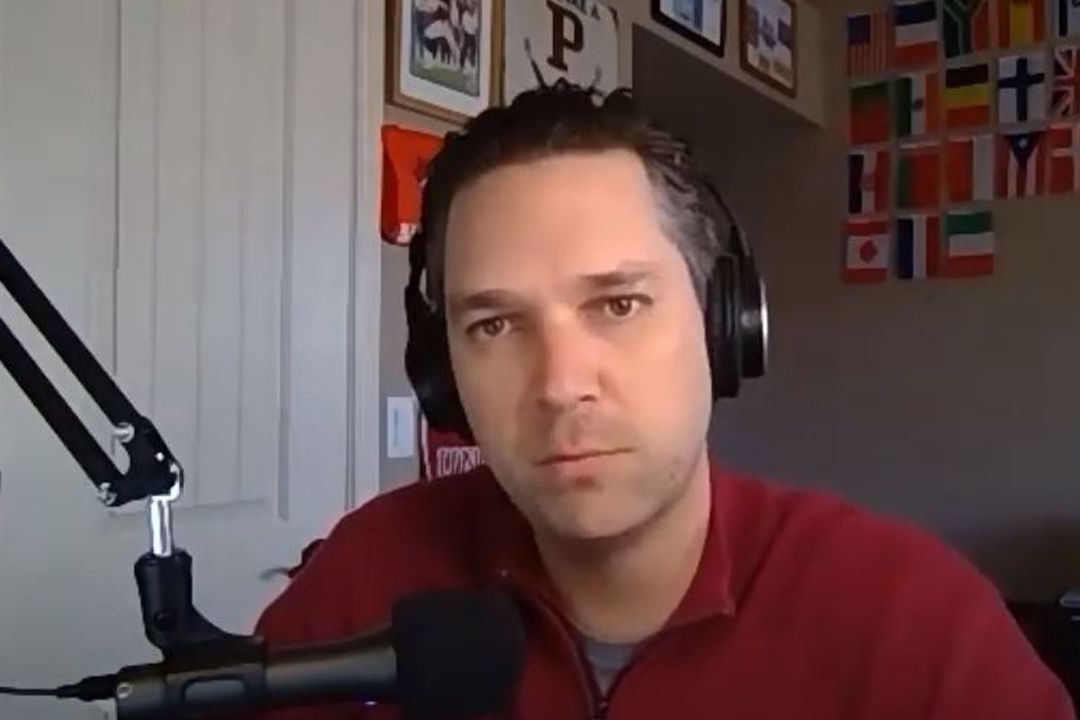
Listen to full podcast interview: Matt Wolach from MattWolach.com
Connect and learn more about Matt on LinkedIn
7. How To Target and Close High Quality Sales Leads?
Leads are known as the blood flow of your company. Without being able to consistently generate leads, you won’t be able to scale in a predictable manner. That being said, SaaS challenge number seven is around how do you generate and close high-quality leads?
There are a few ways to filter one just through your messaging. And I had I talked to too many founders, I just talked to one the other day, and said, Hey, what’s your target? He said, Well, anyone in sales is our target. I said, Well, anybody who sells plus pretty much anybody, but anybody else. He’s like, yeah, that’s our target. And I said, Okay, this is a problem. It sounds great. And he even said, we’re gonna cast a really wide net.
The problem with that is you have to use very general targeting and very general messaging. And when somebody goes and sees your messaging, it’s not going to resonate with them, regardless of where they are. And so it’s much better to actually find we fit really well for this person, this vertical, this segment because you’re going to be able to message to that exact person. And it sounds great to a founder. I’m, I’ve been guilty of it myself.
Oh, yeah, everyone. Let’s get as much as we can. And when you’re hungry and young, you’ve got no business Anybody you’ll take, right? But actually, you get better when you niche down. They say the riches are in the niches. And you find that segment that you’re perfect for. Because guess what, if you’re selling to all salespeople, there’s zillions of software out there that any salesperson can find, and they all get pitched to you about it.
But if you say work for this salesperson that does this in this industry, then there is a wall, this is built exactly for me. One of the best pieces of advice I’ve gotten is your marketing, your messaging shouldn’t sound good to everyone. Your messaging shouldn’t sound good to a lot of people, it should sound great to your perfect customer. That’s how you do it. Now, it may mean nothing to anybody else.
For me, if I say, I am going to help SaaS founders between zero and 2 million bucks between zero and 10 million bucks, whatever it is, I’m going to help them scale and learn how to close deals really quickly. That sounds great to a software founder, but to another person in sales. They’re like, I don’t think that’s for me. And that’s fine. I’m gonna focus on this. And that works really well for me. So my biggest advice is, don’t be all things to all people, figure out what you’re great at, and sell to those people.
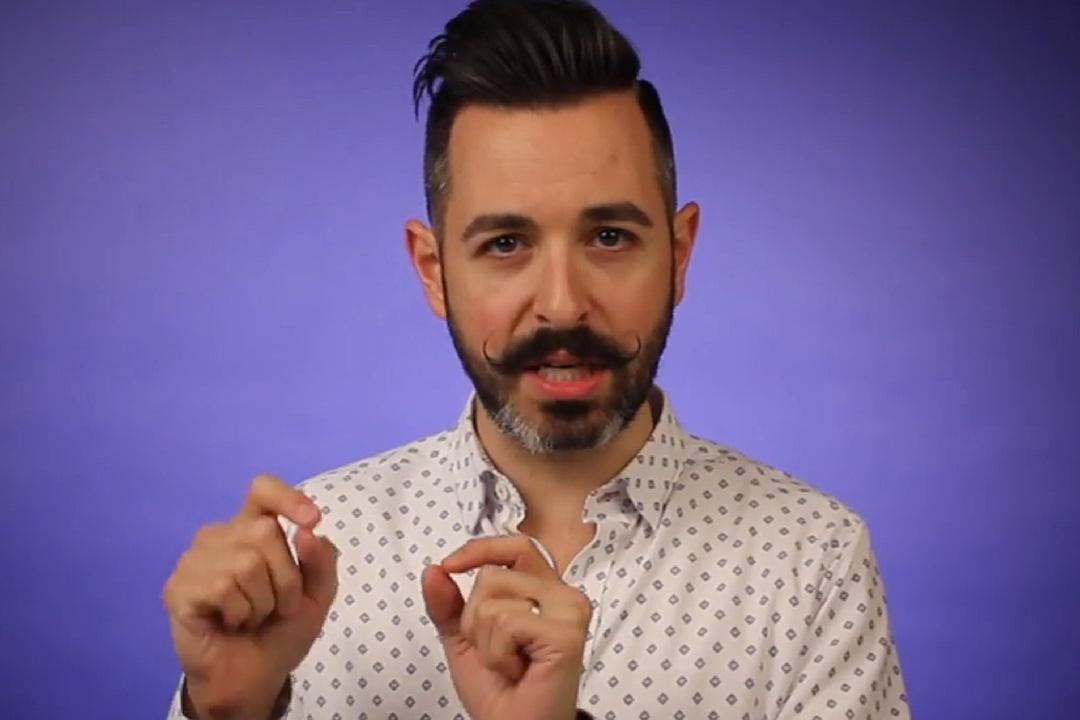
Listen to full podcast interview: Rand Fishkin from SparkToro
Connect and learn more about Rand on LinkedIn
8. How to Effectively Market your SaaS Company?
Number eight, you may have the best product in the world. But if no one knows about it, it’s like not having anything at all. So you need to position your solution out there, have people talking about it, and effectively market it. challenge number eight that we’ve had was marketing, your SaaS company.
So in the post, I started detailed like my big three criteria, which are an area where you have personal passion and interest. So if you tell me, I hate LinkedIn, like, I just hate using it. I don’t like posting there. It might work well, for a lot of b2b SaaS companies, it’s not gonna work well for you. Like, if you don’t personally enjoy it, you don’t have any passion, you don’t have any interest. You don’t like the channel, you don’t like the tactics, it’s not gonna work for you. Right? And so that that is the first one on my list.
The second one is an area where you provide unique value that is differentiated from what everyone else in the field offers. And that is, you know, that’s going to be tough. Like, if you tell me, hey, I want to start a b2b SaaS podcast, I’d be like, Okay, well, there’s a lot of competition out there like Akeel is running a great one. What do you wouldn’t like? What are you? What are you going to do differently? How are you going to provide value that is unique? From what all these other podcasts are doing out there? Or if you’re unlucky, a YouTube channel? Fine.
What’s unique from all the other YouTube channels? Why are people coming to you like that of anyone else? I think SaaS founders are great at thinking about this when it comes to their product and their business. They’re not creative thinking about this when it comes to their marketing. And you need that differentiation, that competitive advantage, that unique value proposition around your marketing as well, especially those first one or two channels, or tactics.
And then the third and final criteria that I have for where to start your marketing is you need to find a place that actually reaches your audience. So if, if you love visual content and posting on Instagram, and Pinterest, and you know, putting your visual content out there on your website and getting into Google Images, yada yada. But your audience does not consume visual content around your which is very unusual visual content. But if your audience doesn’t consume the content, or doesn’t use the channel, or doesn’t resonate with the tactic that you’re employing, it’s not gonna work.
So you gotta hit these three, you have personal passion and interest, you can provide unique value and it actually reaches your audience and the people that are going to buy your product, boom. Those are the channels and tactics I would recommend you consider for your first one or two and I would not start with 10 or 20 or 50 channels. I would start with one or two. Maybe one is organic and one paid. I tend to recommend organic before you do because paid benefits so much from brand building and brand affinity and if you can get people to already know who you are.
Like you trust you visit your site. retargeting getting and remarketing to those folks when you’re in a niche like b2b SaaS is way way better than trying to you know, get this you know, spend 1000s of dollars a month on Google ads and Facebook ads and draw people in who’ve never heard of you that’s really tough.
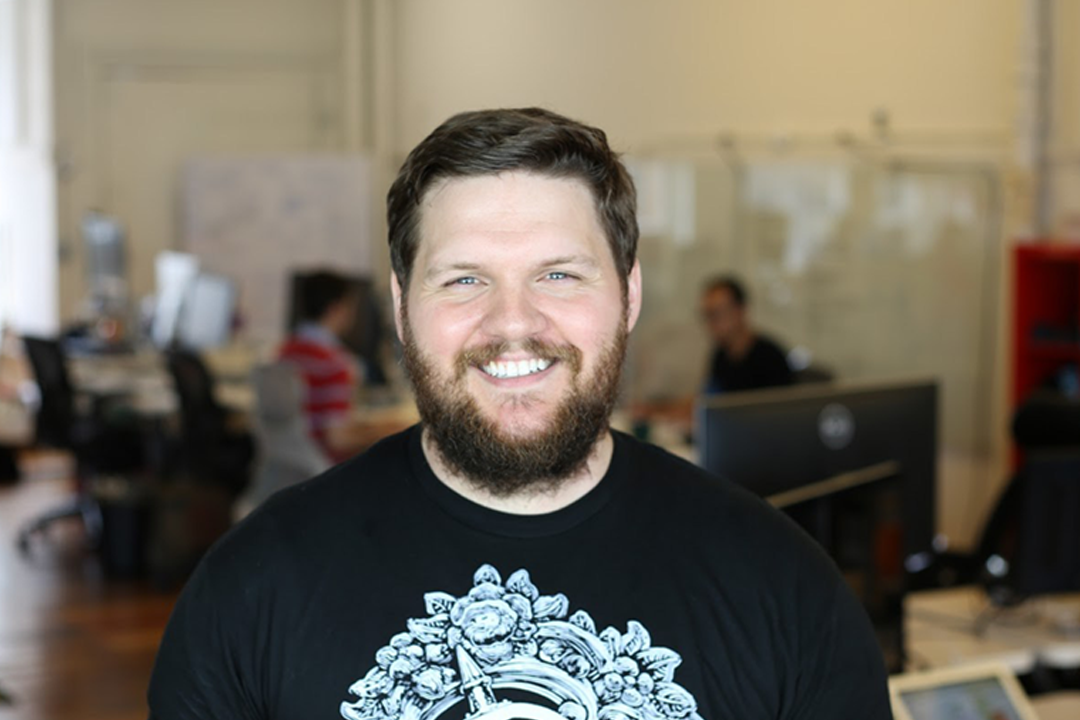
Listen to full podcast interview: Patrick Campbell at ProfitWell
Connect and learn more about Patrick on LinkedIn
9. How to Manage and Reduce Customer Churn Rate?
Number nine, lowering and managing your customer churn rate. Founders justify spending all their money and efforts on getting new clients and investing in marketing budgets. But they don’t worry about it’s addressing the churn until it becomes a major problem to scaling. Trying to fix your churn after things have already gone off the rails is really, really hard. The chances of success are really low at that point. That’s why challenge number nine, is all about reducing your churn rate with Patrick Campbell.
I think that a lot of times we lose sight of metrics and analytics are only useful if you’re going to use them. And I think for most businesses just starting out, and I would argue to a good size, you know, even, you know, up to about 100 million, like the standard method for calculating churn makes the most sense. I think once you once you kind of get to a little more sophistication, which might happen before 100 million, hopefully it does happen for 100 million, you start to realize that there’s dozens of ways you could calculate
Sure, I think we wrote an article once that said, Hey, here’s the 43 different ways that we found to calculate churn and why you should just use the simple one. And the reason is, is because if you’re more sophisticated, meaning you have analysts using tools like Prometheus and stuff like that, and you understand your numbers and you want to get to a truer sense of churn, then you should make it more complicated. So by May, a box of the Month Club, like Blue Apron, for instance, everyone in the public markets likes to talk crap about Blue Apron, because they’re comparing it to zoom.
These companies and their churn rates should not be compared, because Blue Apron probably should really start their real churn, probably two months in because it’s such an acquisition focused product. And we know there’s going to be a bunch of churn, and zoom should be looked at as a very traditional B2B SaaS company.
And so I think that’s the big thing and to give you some more tactical nature, I already alluded to this, but it depends on kind of your buyer, right. So if you find out that your buyer is a lot more episodic, well, then maybe those customers that come back every three months, and you can kind of know that with a good level of certainty. Maybe you don’t count them in your churn, or maybe you put another like line on the report that you’re distributing to your investors or your board, rather than kind of just reporting that one number.
But I think that also shows a different one other problem that is alluded to is you always need to go deeper, I think in aggregate the number is not useless. It’s good for looking over time and obviously improving and using it kind of like a good metric but ultimately, you have to go deeper and deeper. What’s the churn of this plan versus that plan? What is the retention of this plan versus that plan? And I’m a big fan of looking at either gross logo turn.
So basically, how many customers are leaving, and also net revenue retention? And then breaking that down? So you can find what are the pockets of customers who are amazing for your business? And what are the ones that are not so good, and get more of the former and get less of the ladder?
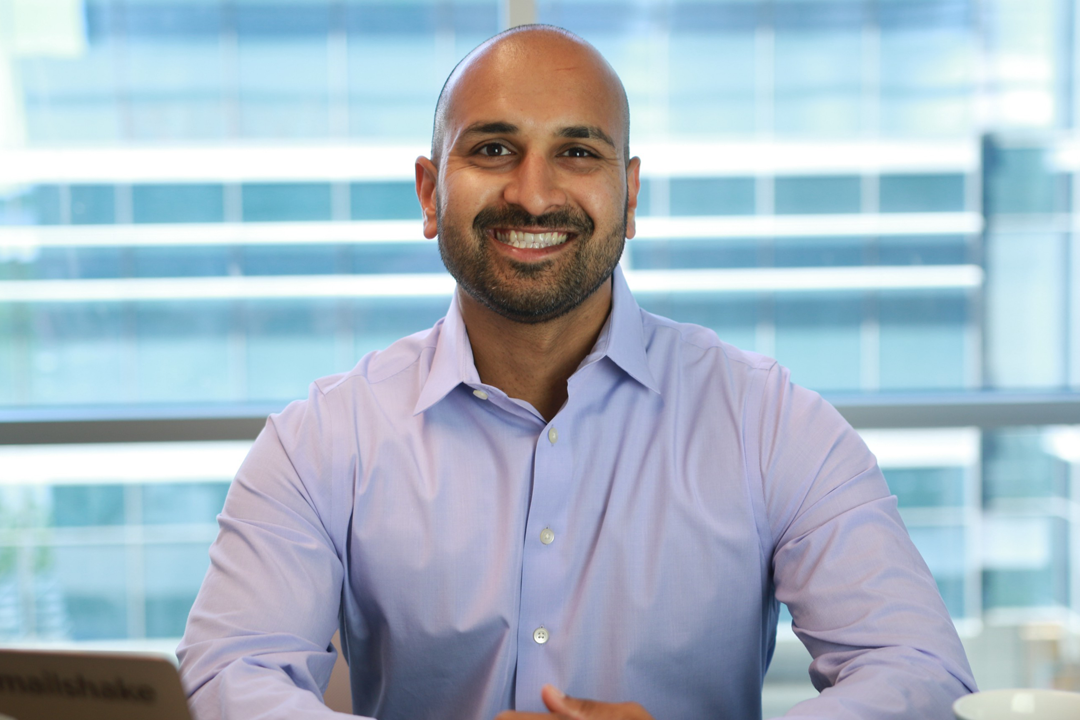
Listen to full podcast interview: Sujan Patel at Ramp Ventures
Connect and learn more about Sujan on LinkedIn
10. How to Exit Your SaaS Company and What Investors Love To See?
We’ve heard about overnight millionaires, it’s often some tech founder who exited their company for a large amount of money. But that’s not true. The overnight millionaire is usually a smart entrepreneur, sitting on a potential goldmine. You have to know how to exit and you have to optimize your business well in advance. That’s why the final challenge number 10, is exiting your SaaS company.
Elements of the product, it doesn’t even one factor. It’s like, once a product. And is this a must have. For a nice to have. I don’t care about competitors. Like every one of my businesses. Well, first of all, the SaaS space is way competitive, right? Like there are just too many. There are so many people who like competition. That’s fun. Cool. Like, that’s actually a good sign that there’s a market here. But I think I’m not worried about having 2030 mailshake.
It’s 82 competitors, according to me, too, right? I find Okay, no big deal. But the biggest offender outreach billion, smallest one, I’m like 10 K, and Mr. Right? So like, it doesn’t matter. But what’s the product? Like? Is it good? Like, do I have to rebuild it? Like is it a core? How do we make it core what’s the potential? This is like analyzing the product and different ways, which I normally do is like I’m buying the products, and everything is coming down around it.
And most of our companies the product is the growth engine. Marketing is fuel sales is like rocket fuel. But the engine is still the products and without a shitty engine after the rebuild, it is then you buy the marketing. And that’s great, too. These days. Marketing is more expensive than a product like meaning what it takes to build a product. But you have to be aware: Are you buying a marketing engine or you’re buying a product? And yeah, there’s a lot of very different than I think there’s the market in my mind on market shifting to like it’s almost better off buying the marketing because it’s less expensive and less timely than buying the product.
But arguable of the risk factors and you know, I don’t know I wouldn’t, I wouldn’t only invest on the marketing side looking for products but like, look at guys like Neil Patel, right, Neil buck Uber suggests frickin good products. But Neil drives traffic and traffic sorry, Uber suggests traffic was ridiculous, right? All he had to do was figure out ways to monetize it. And then he combined it with his traffic, which made it like a huge funnel. Yeah, I think he, you know, got pretty good growth, like multi million and grow, just like monetizing traffic with the product, right.
So those are gems, those are hidden gems, and also situational. But I’m looking for more of that than like, a company that is under-marketed. And that was kind of our thesis in 2015 is like, we’re good at marketing and operating efficiency. We can run it better, and we can do a better job Mark growing it, than most around. And our thesis and concept now are like, Well, look, everybody’s doing this.
There are lots of companies doing this. What are we really good at? we’re really good at growing companies operating the most actively building teams. And where do we want to spend our time for the next five to 10 years, right? We’ve already proven out the concept. I’d say six, even the one that was either the two deals that are bad still up on like if we go sell them, they’re still worth more or the same as we bought them for it.
Thank you all for reading this article and looking at the top challenges of SaaS companies. If you’re a SaaS company looking to grow and unlock the true value of your SaaS business, get in touch with our team at HoriZen Capital.

